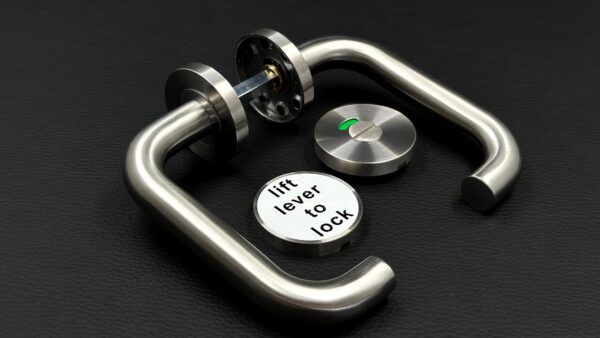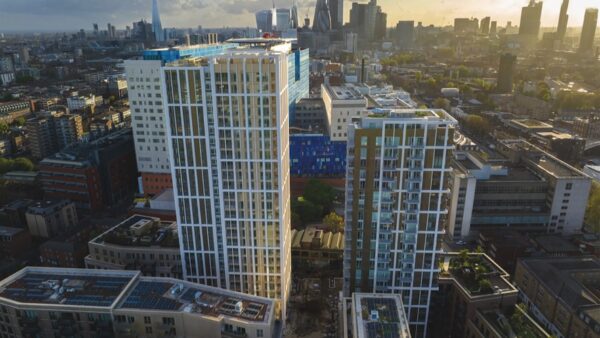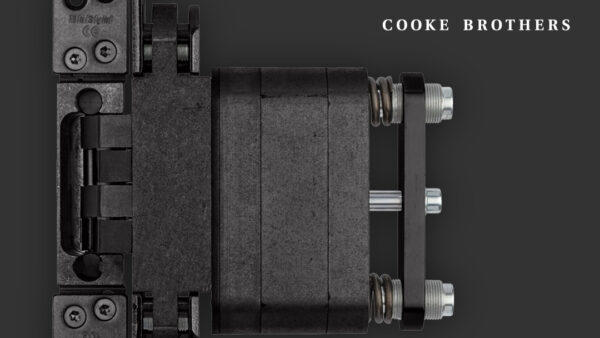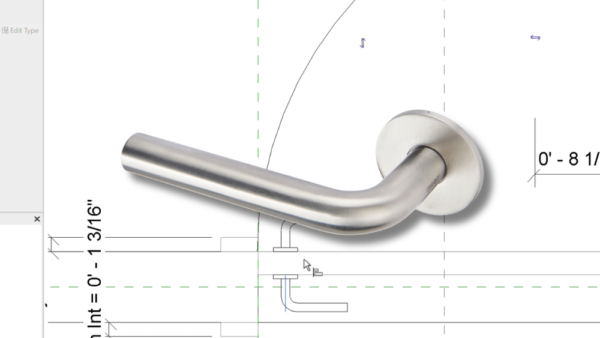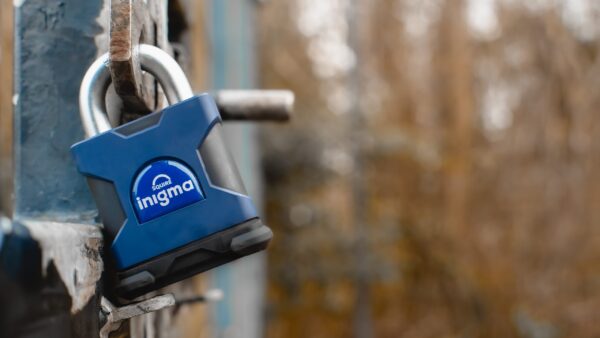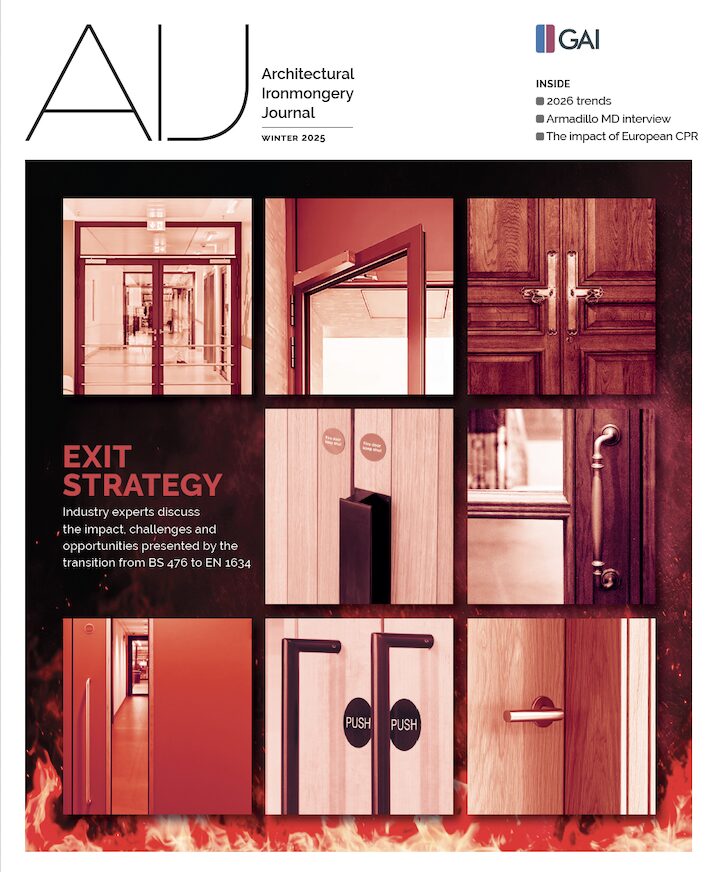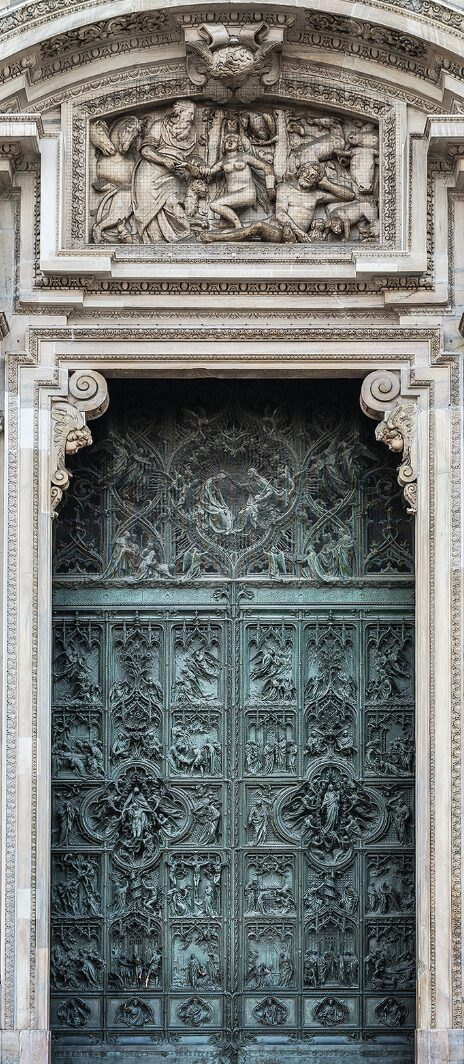
When you approach the Duomo in Milan you are presented with doors that are not just entryways but masterpieces of storytelling and devotion, blending Milan’s religious, artistic, and cultural history.
The five doors of the Milan Duomo are famous for their intricate beauty, especially the main central door, which is a stunning example of Gothic and Renaissance craftsmanship. Made over decades – between 1896 and 1965 – each of the five bronze doors is carved with characters that depict Bible stories and Milan history.
The Main Door, finished in 1906, was made by the sculptor Ludovico Pogliaghi based on the measurements of the neo-gothic portal in the façade design by Brentano in 1888, adapted to the preserved Pellegrini cornice. The theme represented is the Joy and Sorrow of the Virgin Mary. In the left wing the panels contain the painful episodes of the Virgin and in the right wing the panels contain the episodes of the joys of the Virgin. The frame is decorated with floral motifs and angels.
The Left Door (Northwest, by Arrigo Minerbi, 1948) shows scenes from St. Ambrose’s life (Milan’s patron saint); while the Right Door (Northeast, by Giannino Castiglioni, 1950) is dedicated to the sacraments of the Church. The Far-Left Door (Southwest, by Franco Lombardi, 1965) depicts stories from the history of Milan and the carvings in the Far-Right Door (Southeast, by Luciano Minguzzi, 1965) show the struggles of Milanese Christians.
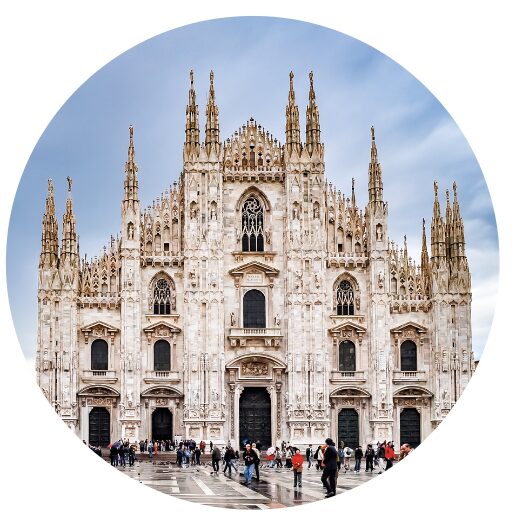
The ironmongery on the doors is as intricate and impressive as the bronze panels themselves. The massive bronze doors require strong internal iron frameworks to support their weight and withstand movement over time. The iron hinges, bars, and internal bracing ensure stability. given the massive weight of the bronze doors, the hinges are likely pintle-style or strap hinges reinforced within the stone door frame.
Some of the doors feature elaborate iron door knockers, often in the shape of mythical creatures or religious symbols. Gothic-style scrollwork and filigree can be found on some of the hinges and locking mechanisms.


